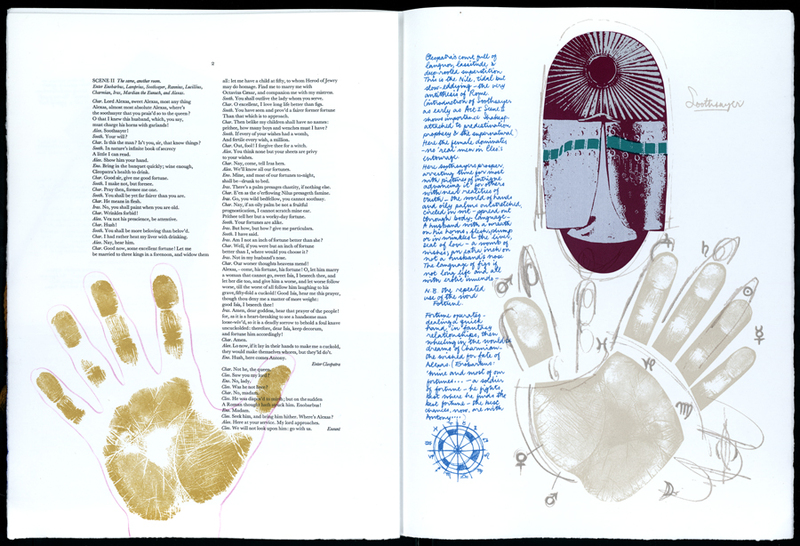“True Originall Copies”
Editions of Shakespeare's Works
These works reflect the variety of editions of the Bard’s work held at Special Collections. They include the Second Folio fragment from 1632, which contains the plays King Lear, Othello, and Antony and Cleopatra. Smaller eighteenth century editions are joined by visually imposing nineteenth century volumes which represent the new engraving technologies and innovations of that time. The twentieth century volumes feature beautifully stylized images that are less figurative and more impressionistic.
Shakespeare's Sonnets: Quartercentenary Edition
Printed on an 1850 hand press, the text of this book is set in Doves Type, which was based on typefaces used by Nicolas Jenson, creator of the first Roman typeface in the late fifteenth century. Although the Doves Type was destroyed by 1917, it has been revived so that text can now be printed from polymer plates. The location of the sonnets throughout the book's sequence can be visually interpreted by the use of red, blue, and violet.
The Plays of William Shakespeare in Fifteen Volumes with Corrections and Illustrations of Various Commentators to Which are Added Notes by Samuel Johnson and George Steevens
London: T. Longman, B. Law and Son, 1793
This landmark edition contains 150 illustrations and is commonly referred to as “Steevens’ own edition.” Literary editor and Shakespearian expert George Steevens (1736-1800) was a renowned scholar of Elizabethan literature and accumulated a large personal library, many volumes of which are now held by the British Museum.
The Plays of William Shakespeare in Fifteen Volumes with Corrections and Illustrations of Various Commentators to Which are Added Notes by Samuel Johnson and George Steevens
London: T. Longman, B. Law and Son, 1793
This landmark edition contains 150 illustrations and is commonly referred to as “Steevens’ own edition.” Literary editor and Shakespearian expert George Steevens (1736-1800) was a renowned scholar of Elizabethan literature and accumulated a large personal library, many volumes of which are now held by the British Museum.
Mr. William Shakespeare’s Comedies, Histories, and Tragedies: Published According to the True Originall Copies [sic]
London: Thomas Coates, 1632
Although this edition contains only King Lear, Othello, and Antony and Cleopatra, it is significant because it is the second edition of Shakespeare’s complete plays. Shakespeare’s famous First Folio was published in 1623, seven years after his death. It became so popular that the printers decided to produce a new expanded and corrected edition. The Second Folio was published nine years later. This edition features expensive engraving and lavish ornamentation.
The Tragedie of Macbeth; with Portraits of the Players by Mary Grabhorn
San Francisco: Grabhorn Press, 1952
Mary Grabhorn illustrated this and other Shakespeare editions printed by the Grabhorn Press. The celebrated and award-winning printing operation was family run and known for works that combined bold simplicity with a unique use of color. The Grabhorn Press was established in 1915 in Indianapolis, when brothers Edwin and Robert Grabhorn began printing under the name Studio Press. In 1919, the Grabhorns relocated their firm to San Francisco, where it flourished until 1965.
The Dramatic Works of Shakspeare [sic]
London: W. Bulmer and Co., 1802
Published for the acclaimed engraver and print seller John Boydell and his father Josiah, this edition incorporates the Steevens text together with large detailed illustrations.
Shakespeare's Comedy of The Tempest; With Illustrations by Edmund Dulac
London: Hodder and Stoughton, 1914
Edmund Dulac garnered great success as a commercial illustrator in the early twentieth century, and was considered a prominent participant in the Golden Age of Illustration (ca.1880-1920) which was influenced by Pre-Raphaelites, Art Nouveau, and the Arts and Crafts Movement. He contributed regularly to Pall Mall Magazine and supplied watercolors for the novels of the Brontë sisters, among other popular novelists of the time. However, this publication played a major role in establishing Dulac as an important figure in book illustrations.
Shakespeare’s Comedies, Histories, & Tragedies; Being a Reproduction in Facsimile of the First Folio Edition, 1623…
Oxford: Clarendon Press, 1902
This edition is a photographic facsimile of the First Folio. The editor, Sidney Lee, is believed to be the first to use the word “census” in the context of a bibliography. This was one of the earliest Shakespearian studies to record in detail the surviving copies of the First Folio. It chronicles the ways individual publishers acquired their copy and offers a review of Shakespeare’s sources and the cost of the First Folio's individual texts.
Illustrations of Shakspeare [sic]…
John Thurston
New York: William Jackson, 1831
These nineteenth-century wood engravings with captions demonstrate a type of storytelling akin to today’s graphic-novels. Every play has six vignettes with a line from the play followed by scene number.
Antony & Cleopatra: Designed and Produced by Ronald King; with Notes and Introductory Essay by Keith Please
This beautiful artist's book includes renowned illustrator Ronald King's own marginal notes and luminous contemporary illustrations. Though King was no stranger to illustrating masterpieces – including Chaucer’s Canterbury Tales – this work is truly unique, containing over thirty screen prints of printed designs, created to explicate the full text of the play.

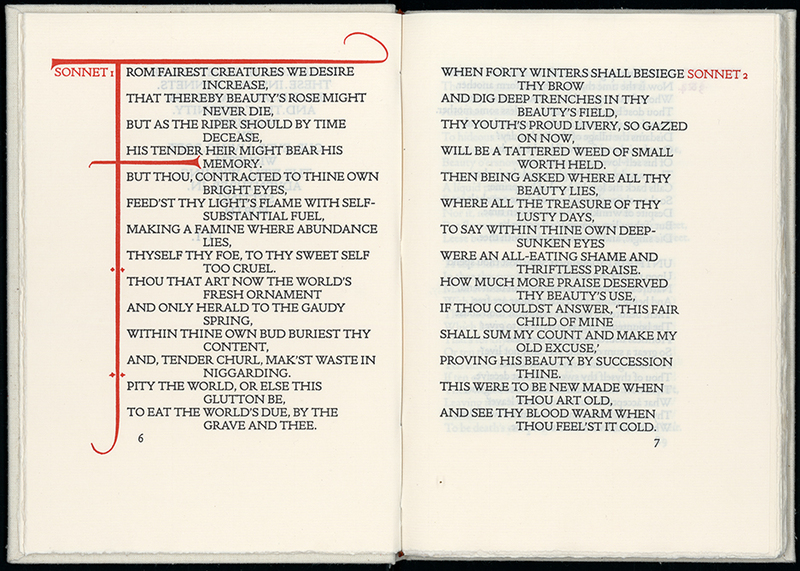
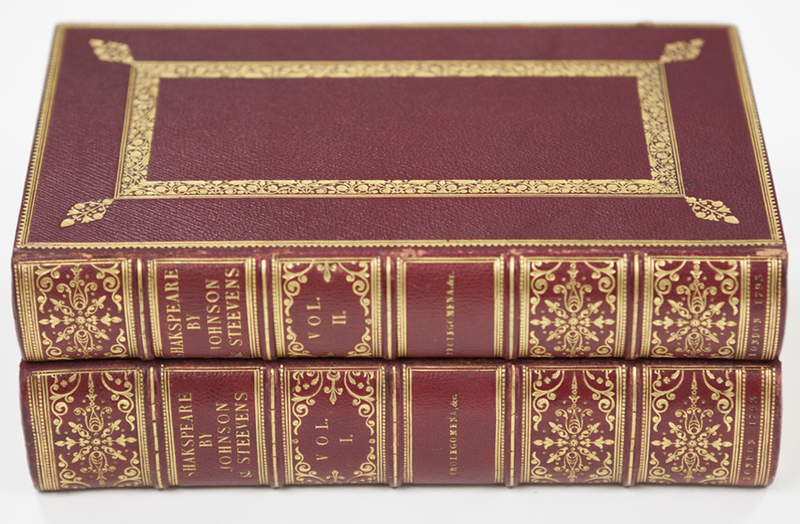
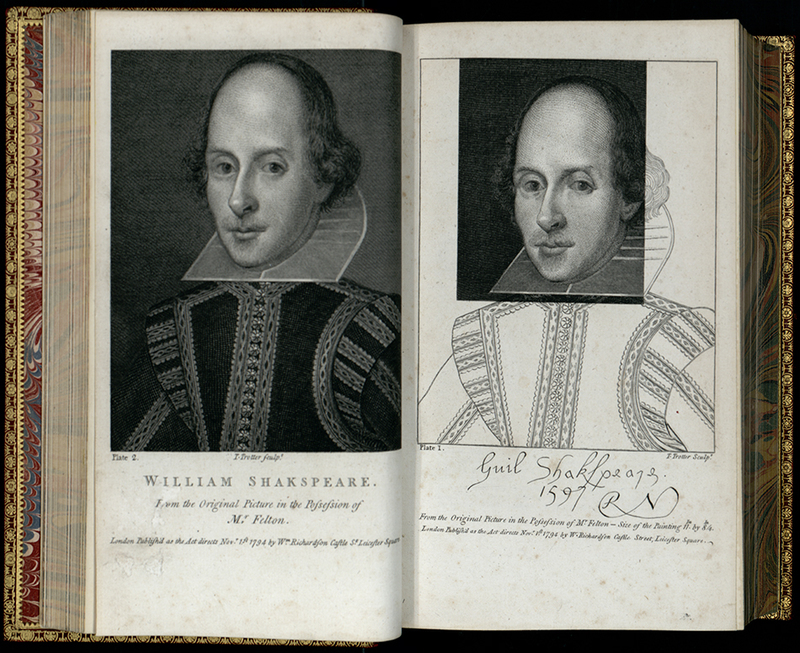
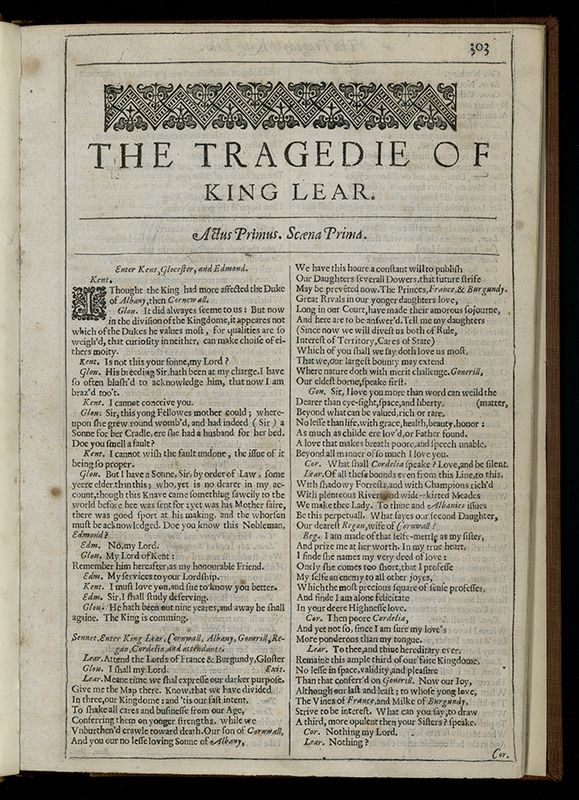
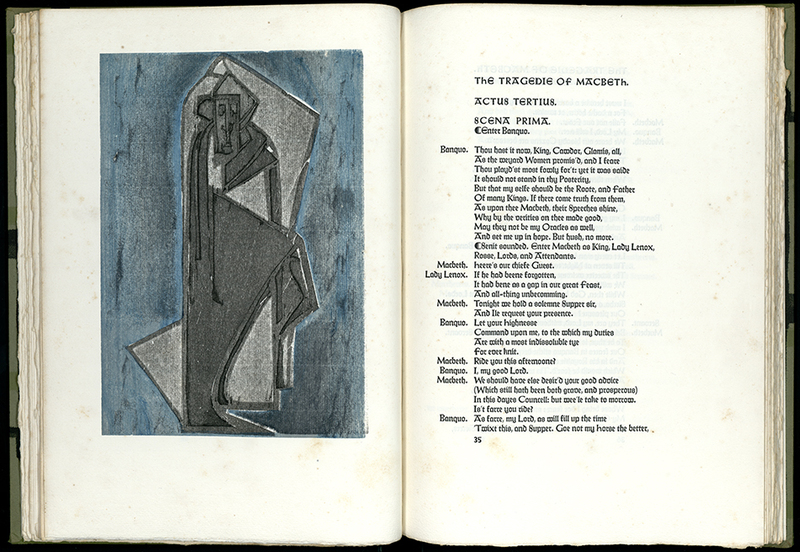
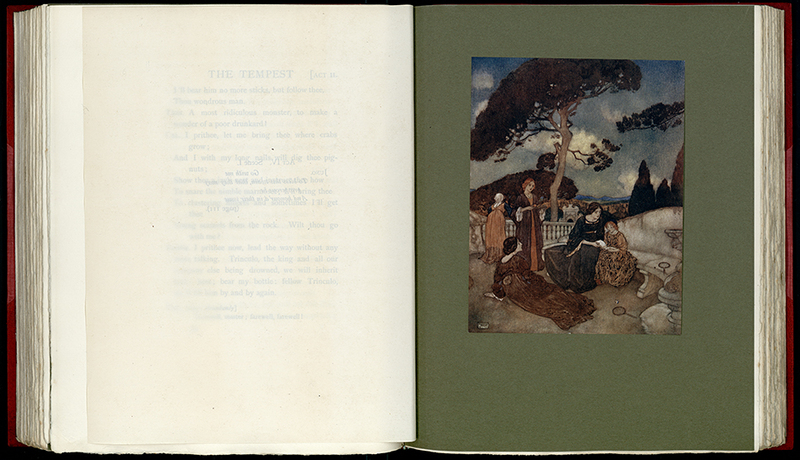
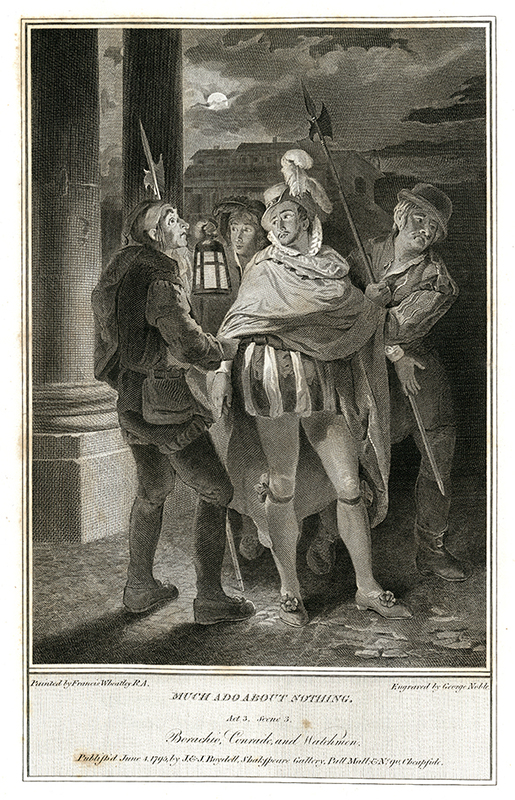
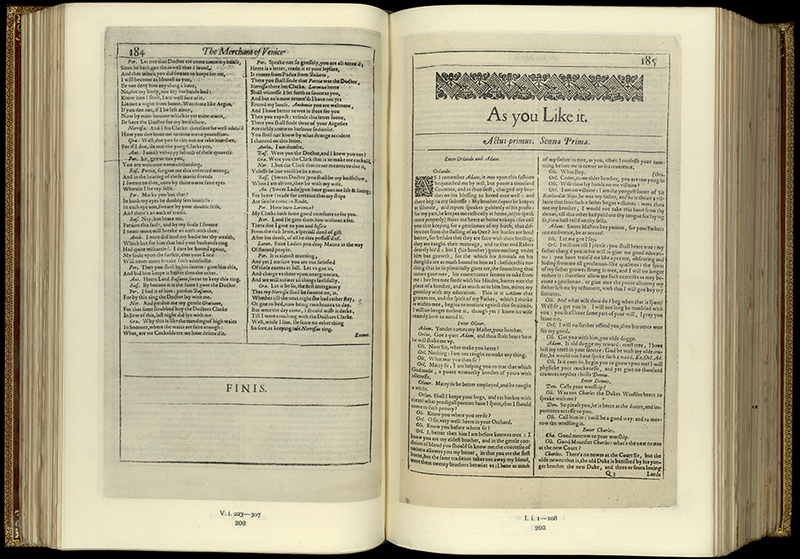
![Illustrations of Shakspeare [sic] Illustrations of Shakspeare [sic]](http://scholar.library.miami.edu/digital/files/fullsize/f11b14f20a3207c741cf0cc48d5bf69b.jpg)
